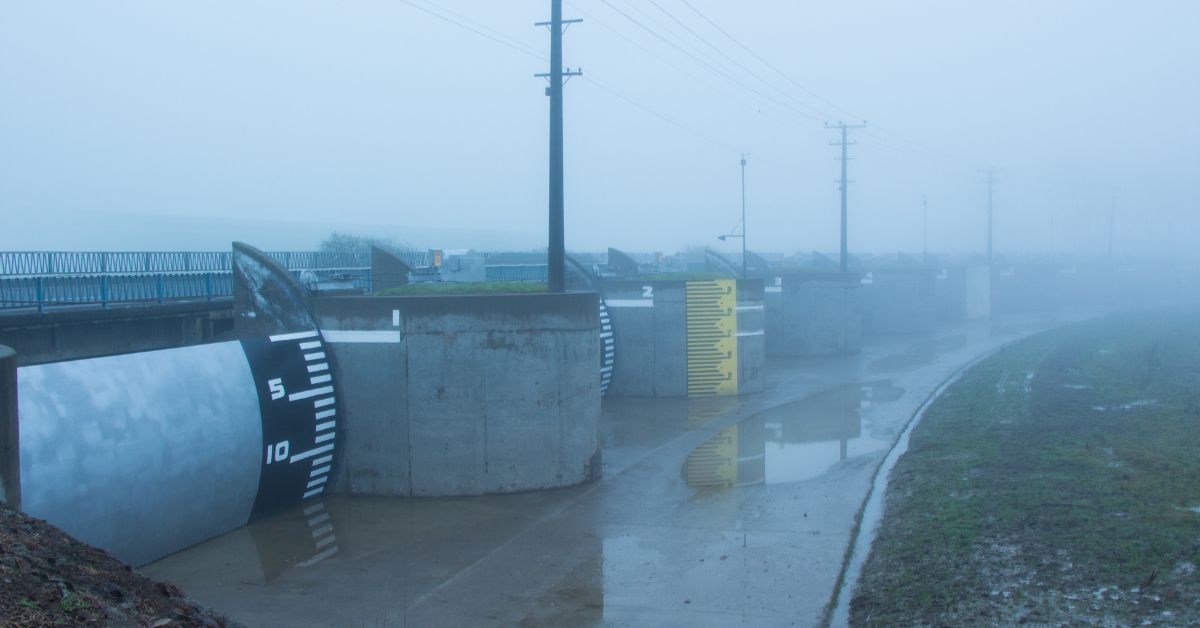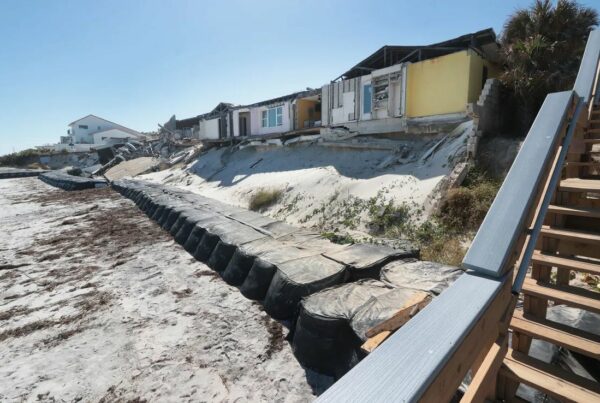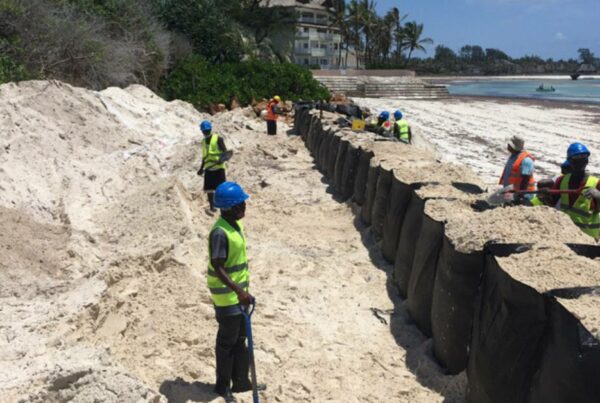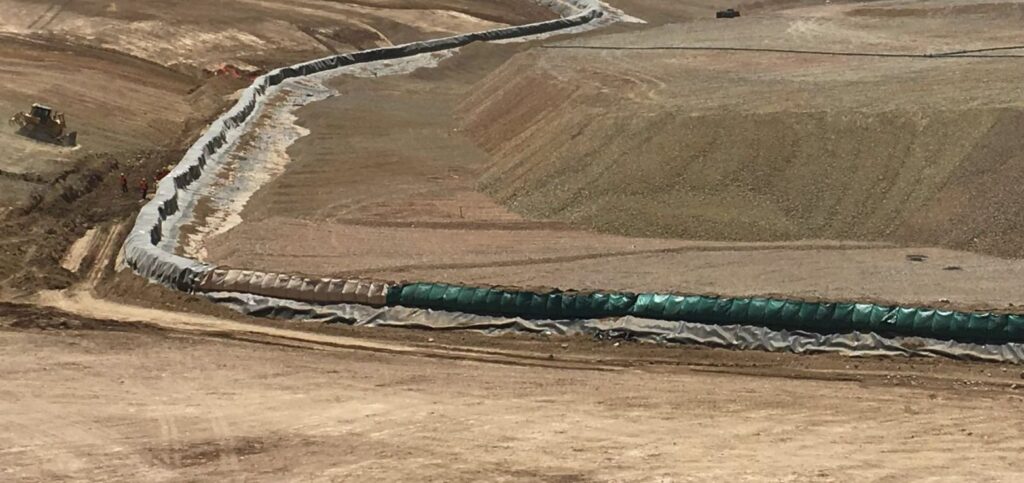TrapBag Solutions in Japan
Rapid-Deployment Flood Barriers
Japan’s cities and rural communities face frequent flooding from typhoons, seasonal rain, and river overflow. TrapBag® barriers are engineered for speed, deploying far faster than sandbags and other conventional methods. A small team can build long stretches of protection in hours, helping emergency crews reinforce levees, protect transportation routes, and shield neighborhoods before floodwaters rise.
Learn More »Erosion Barriers
Erosion along Japan’s coastlines and riverbanks is a growing concern, particularly in areas where infrastructure meets the sea. TrapBag® barriers help stabilize these vulnerable zones by holding soil in place and absorbing the energy of waves and flowing water. When installed in pairs, they create a resilient line of defense that protects coastal roads, seawalls, and residential areas from gradual land loss.
Learn More »Mudslide & Landslide Diversion
Japan’s mountainous terrain makes landslides one of the most persistent natural hazards. When filled with concrete or other dense materials, TrapBag® barriers can be arranged to redirect debris and mudflows away from populated areas. These temporary structures act as emergency containment walls, offering vital protection for villages, industrial sites, and infrastructure during and after heavy rainfall.
Learn More »Projects
Who We Serve In Japan
TrapBag® offers flood protection and detention barriers for dozens of industries and municipalities throughout Japan.
Emergency Management
Used for disaster response, riverbank reinforcement, and post-typhoon recovery
Learn More »Construction & Infrastructure
Temporary containment or water diversion for bridge, tunnel, and dam construction.
Learn More »Coastal & Civil Engineering
Stabilization for eroding coastlines, ports, and embankments.
Learn More »Environmental Protection
Sediment retention and waterway preservation during development or remediation projects.
Learn More »Marine Services
Flexible protection for ports, harbors, and waterfront installations.
Learn More »Mining & Petroleum
Site protection, dewatering, and spill containment in industrial operations.
Learn More »What's At Stake?
Urban Flooding in Tokyo & Other Cities
Intense rainfall and rising sea levels are increasing flood risk in dense urban centers like Tokyo and Osaka. TrapBag® barriers can help protect transportation networks, utilities, and neighborhoods from severe damage during typhoon and monsoon seasons.
Rain-Driven Landslides
Japan’s steep terrain makes landslides a persistent hazard—especially in areas recovering from heavy rainfall or earthquakes. TrapBag® barriers help divert debris flows and protect critical roadways and communities in high-risk zones.
Worsening Typhoons
Stronger, more frequent typhoons bring destructive storm surges and coastal flooding. TrapBag® barriers offer a flexible defense that can be rapidly deployed before landfall and removed or reused for future events.
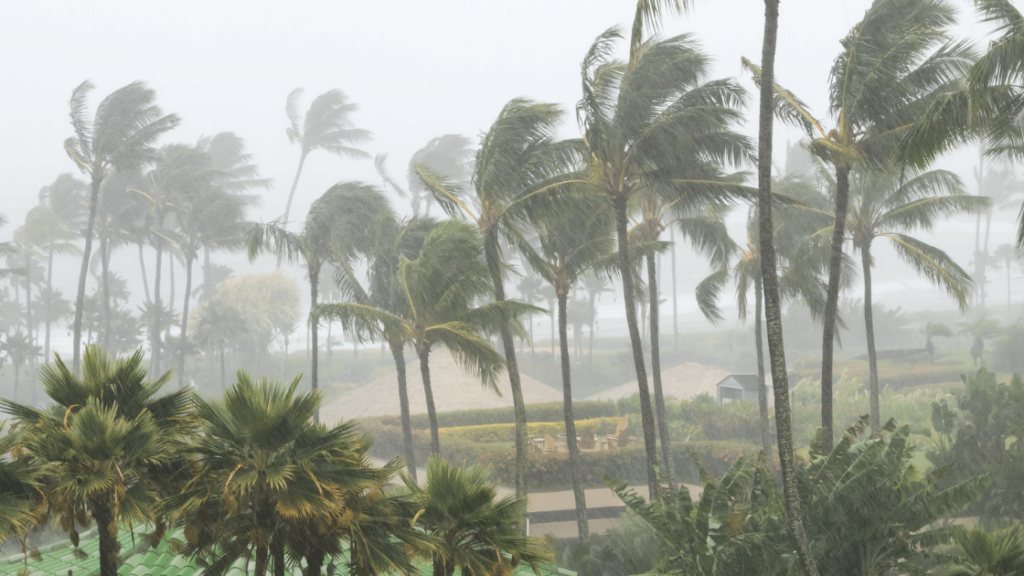
Why Choose TrapBag?
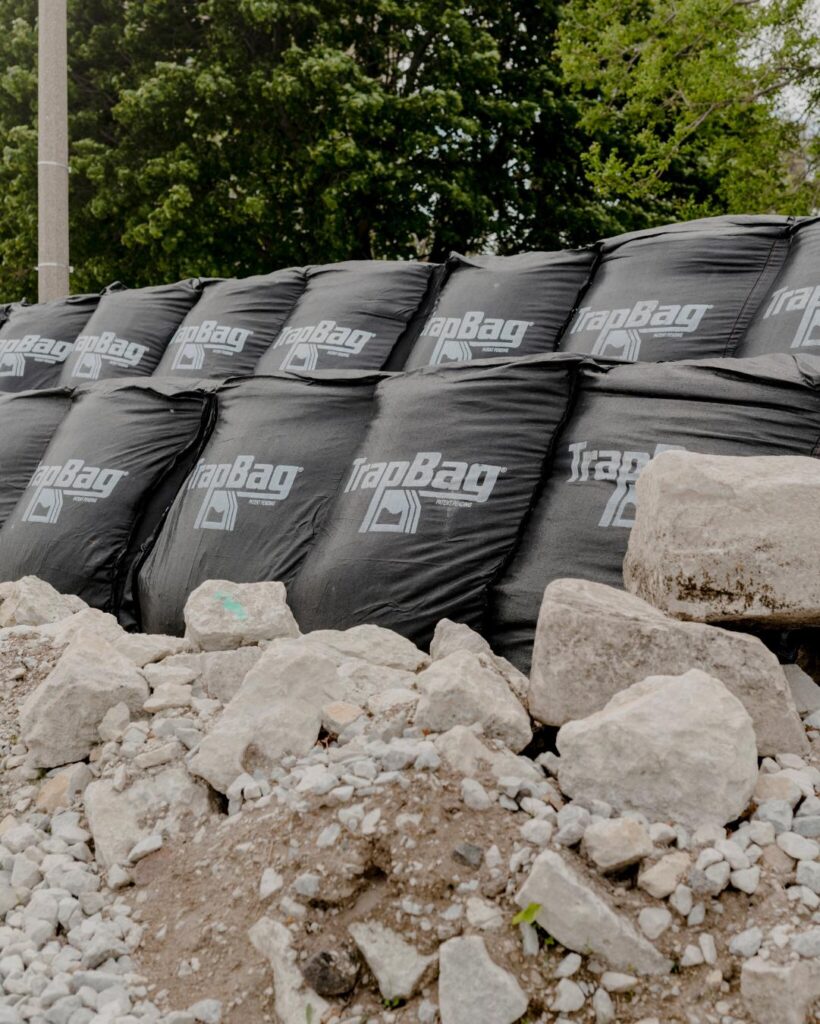
-

Reliable Strength
Built from woven polypropylene fabric, TrapBag® barriers deliver dependable performance even in harsh coastal and mountainous conditions. The material resists punctures, tearing, and UV degradation, maintaining its integrity through heavy rainfall, tidal movement, and direct sun exposure.
-

Efficient Design
Every TrapBag® unit features a pentagonal shape that naturally distributes 60% of its total mass toward the base. This low center of gravity helps the barriers stay upright and stable even when exposed to fast-moving water or shifting ground, an advantage during flash floods and slope protection projects.
-

Fast Deployment
TrapBag® systems are purpose-built for efficiency. Two workers and one skid steer or small excavator can install roughly 30 meters (100 feet) of barrier in about an hour. For Japan’s densely populated and often disaster-prone areas, this speed allows emergency crews to act quickly without large teams or complicated logistics.
How TrapBag® Compares to:
Sandbags are time-consuming to fill and deploy, often leading to gaps and failure points under pressure. TrapBag® barriers are designed for faster installation, consistent stability, and better water resistance.
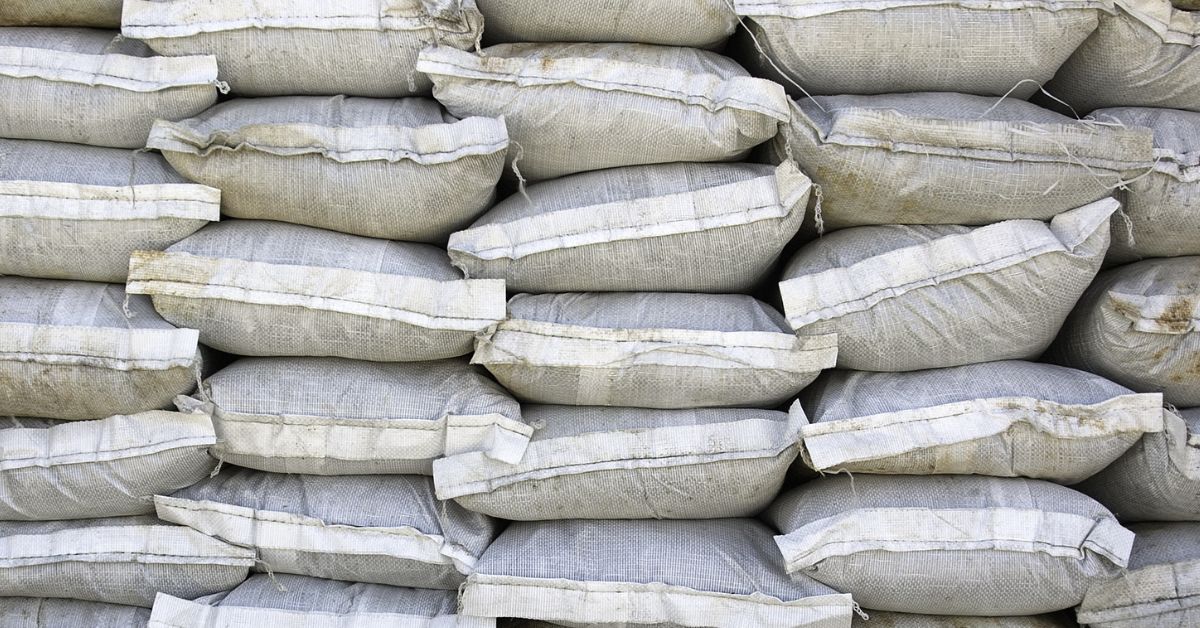
Water barriers are quick to deploy but limited in height and strength. TrapBag® barriers start at 1.2 meters tall, can be stacked for greater protection, and withstand wave action and debris impact.
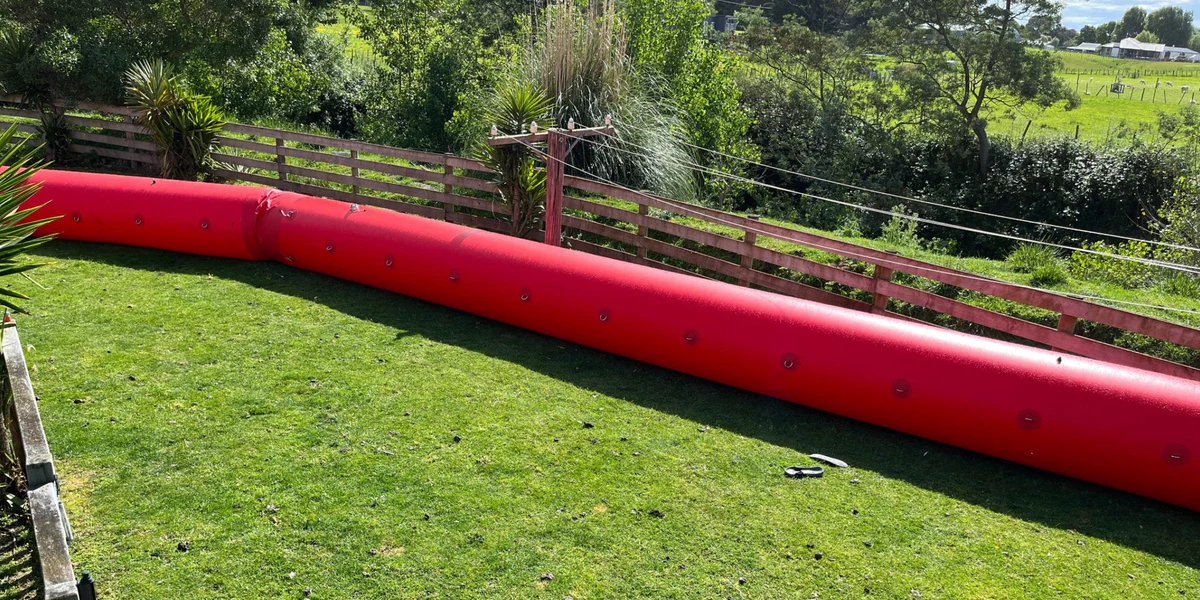
Permanent flood walls and gates can be effective but are expensive and slow to build. TrapBag® provides a flexible, cost-effective option for both temporary and semi-permanent protection.
